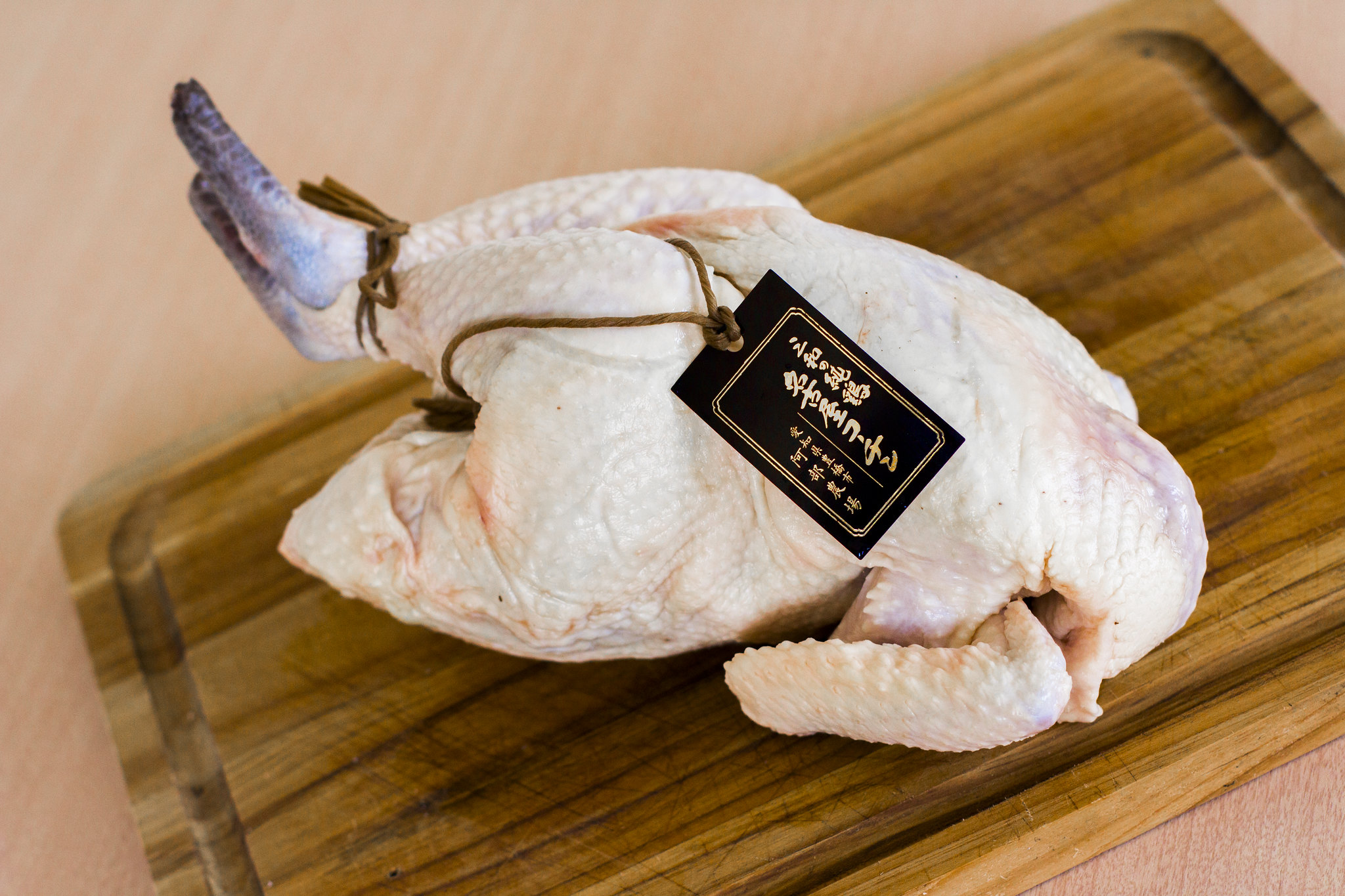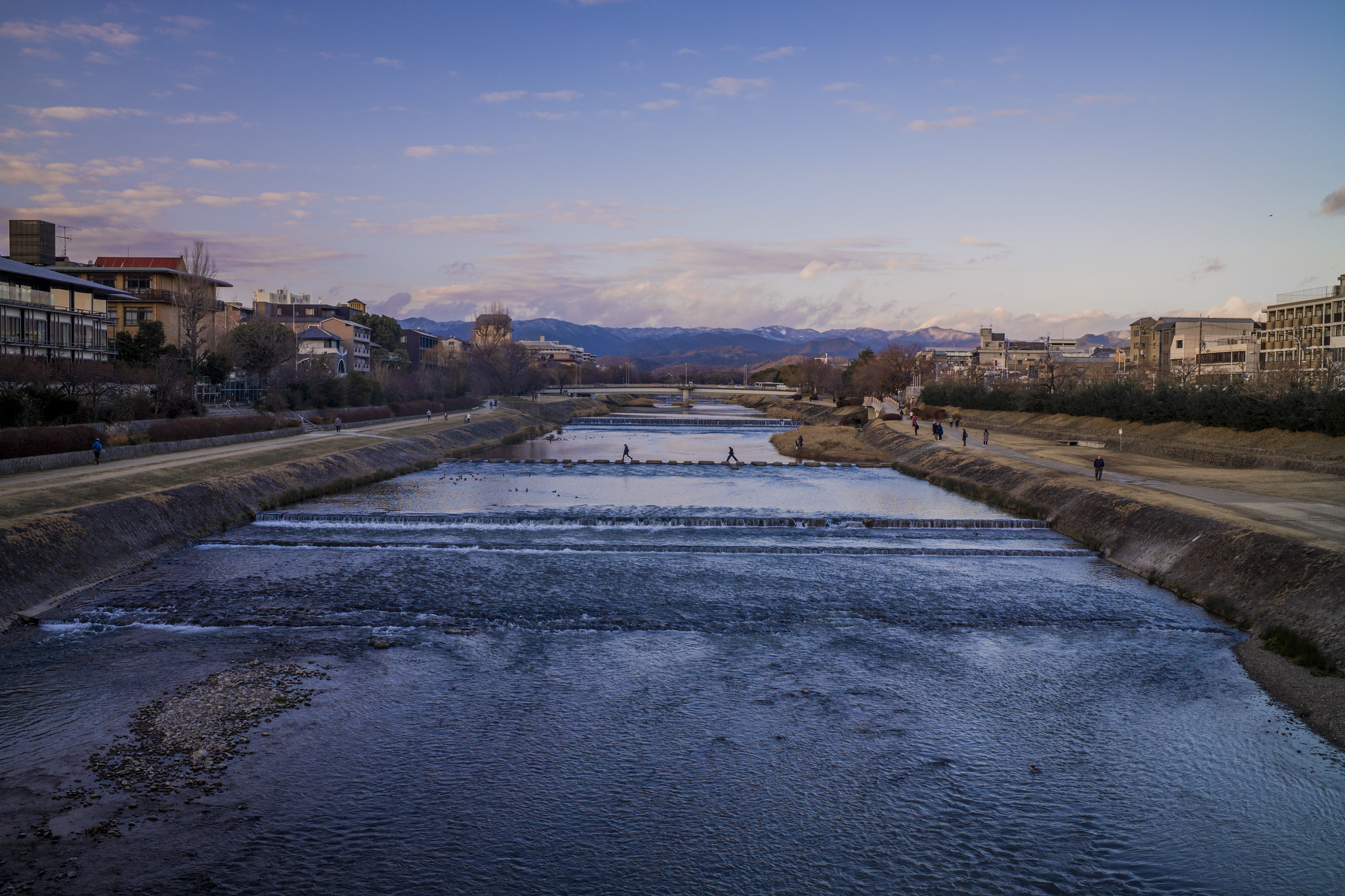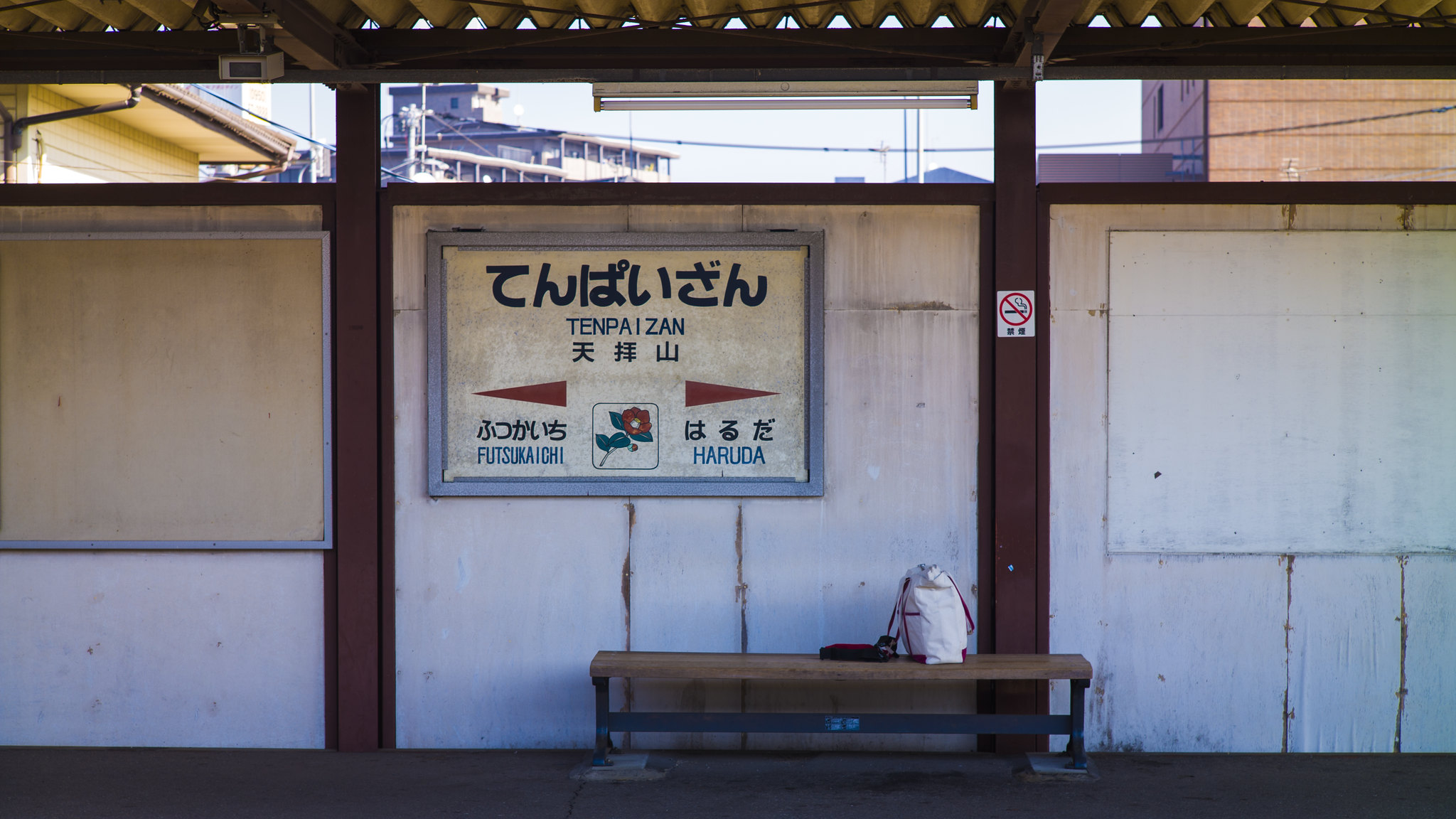Is expensive chicken worth it compared to cheap store brought chicken? We try carrying out a double blind taste test to find out. In this test, we brought 5 different chickens to compare. Of the 5 different chickens, one was the famous Nagoya Cochin 名古屋コーチン(7000¥), one chicken was labeled as generic “from Japan” (1800¥), 3 chickens were labeled as originating from Kyushu (one from Hakata) (2000-2500¥), and one that was so cheap that it had no information on it at all (1200¥).

TLDR: Is it worth it buying more expensive chicken for their meat?- Probably not, the taste difference is minimal at best while there is a noticeable textural difference.
Is it worth it buying more expensive chicken for soups and stocks?- Definitely 100% yes, the taste difference is between the various stocks was mind blowing, with the stock from the Nagoya Cochin being described as life changing with a bright yellow colour. The stocks from the other chickens in comparison tasted closer to dish water in comparison. The rendered fat from the Nagoya Cochin was also golden in colour, with an out of the worldly chicken taste.
Three tests were carried out:
- After carving out the breast from each chicken, we vacuumed packed each breast separately and sous-vided them for 2 hours at 60°C before tasting them double-blind.
- The bones left over after breaking down the chicken were weight and 800g of chicken bones of each chicken were added to 3 litres of water and made into stock after cleaning.
- 5g of chicken skin of each chicken was pan fried and then tasted.

Breaking down the chicken:
When butchering the chicken, two things that were immediate apparent was the proportions of the chicken as well as it’s general overall visual feel. Most commercial chickens has been breed to maximise chicken breast meat volume, and this was true for all the chicken except the Nagoya Cochin, which was shocking as it had a chicken breast that was 5 times smaller by weight compared to any of the other chickens. In terms of appearance, the chicken meat was firmer than usual, without the usual slightly slimy feel to it. It also had bright blue skin on its feet that was almost shiny, with no indication of hock burn at all. Most commercial chickens raised indoors are sold with their feet cut off as their hygiene standards are so low that the waste produce by the chickens accumulate, causing a acidic rash on the feet of the chicken known as hock burn. With such a noticeable difference, extra effort was put in to make sure that any further tests being done were randomised and double-blind as not to bias the results produced.
Sous Vide Taste Test:
After carving out the breast from each chicken, we vacuumed packed the same amount (50g) of each breast separately and sous-vided them for 2 hours at 60°C before tasting them double-blind. No salt or seasoning was added at all, and care was taken to ensure each piece of chicken breast was at an equal distant from the sous vide machine’s heating element to ensure that chickens closer to the machine were cooked at a higher temperature.
The first noticeably difference was the amount of water that was squeezed out of the chicken during the cooking process. The most expensive chicken had half the amount of juice in the bag compared to the other chickens, with the other chickens having roughly the same amount of juice left in the bag after cooking. The cheapest chicken and one of the chickens from Kyushu has a noticeably paler coloured juice compared to the rest. On tasting the juices the cheapest chicken’s juice was by far the most dilute, and it was immediately obvious which chicken was the most expensive due the concentration in taste of the juice. The rest of the chicken juices did not have a noticeable taste difference, including the one from Kyushu that had a paler juice.
On taste testing the meat, the immediately noticeable difference was texture wise, with the cheapest chicken almost falling apart and being slightly mushy, and the most expensive being the firmest. In terms of taste test however, the cheapest chicken was easily identified as having the worst taste. For the rest of the 4 chickens, including the Nagoya Cochin, it was very difficult to taste any difference. After tasting the various chickens 3 or 4 times however, the most expensive chicken was voted to have the nicest most chicken-like flavour, but only by a slight amount that was noticeable after multiple tastings and not obvious. The cheapest chicken tasted somewhat artificially saline and dilute.

Stock Taste Test:
The bones left over after breaking down the chicken were weight and 800g of chicken bones of each chicken were blanched in boiling water for 3 minute before being washed under cold water. After that, 3 litres of water was added to every 800g of chicken in 5 different pots and left to steep at 80°C for 3 hours. The stocks were then stained and reduced down to 500ml portions and taste tested without knowing which stock belonged to which chicken.
Again immediately the cheapest chicken stock was obviously browner and tasted like dish water, in a very dilute and saline way. In contrast, the most expensive chicken, the Nagoya Cochin, had a bright yellow stock that tasted out of this world. It was unlike chicken stock that anyone there had drunk before, being incredibly fragrant and concentration. It was literally describe by one person there as chicken soup for the soul. There was a negligible difference between all the other chicken stocks.
Fried Chicken Skin Taste Test:
5g of chicken skin from each thigh of each chicken was pan fried and then tasted. This test was the test that yielded the least differences, the chicken skin from each chicken was pan fried for 3 minutes using a 1400w induction cooker. The resulting chicken skins all had varying degrees of chewiness with no correlation between price and texture. This was the same taste wise, with the differences between chicken skins being hard to tell. This might have been because pan frying is a much harsher cooking method compared to simmering and sous vide-ing.
How much of the differences was due to the chicken variety and how much of it was due to farming conditions was hard to say but the conclusion we came too was unanimous:
Is it worth it buying more expensive chicken for their meat?- Probably not, the taste difference is minimal at best while there is a noticeable textural difference.
Is it worth it buying more expensive chicken for soups and stocks?- Definitely 100% yes, the taste difference is between the various stocks was mind blowing, with the stack from the Nagoya Cochin being described as life changing with a bright yellow colour. The stocks from the other chickens in comparison tasted closer to dish water in comparison. The rendered fat from the Nagoya Cochin was also golden in colour, with an out of the worldly chicken taste.
[…] We did a taste test between various different chickens to see if it was worth paying the price for a Nagoya Cochin. The results can be found here. […]
I could buy duck for much less than Nagoya Cochin, so why would anyone pay that much for “chicken”. And you did not test braising, I have found no discernible difference in taste or texture if braised for 1-2 hours in an aromatic and rich broth using $0.49 per pound (on sale) chicken leg quarters or $12/pound Nagoya Cochin legs. And if you roast low and slow with good herbs, even cheap chicken tastes very good, moist and flavorful. I think the only time it matters is when you are cooking chicken breast.